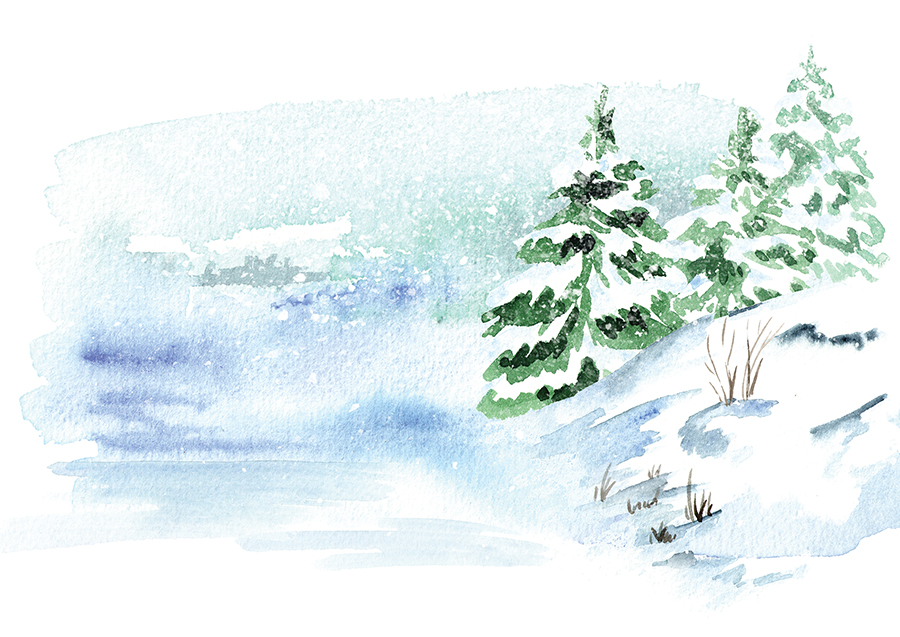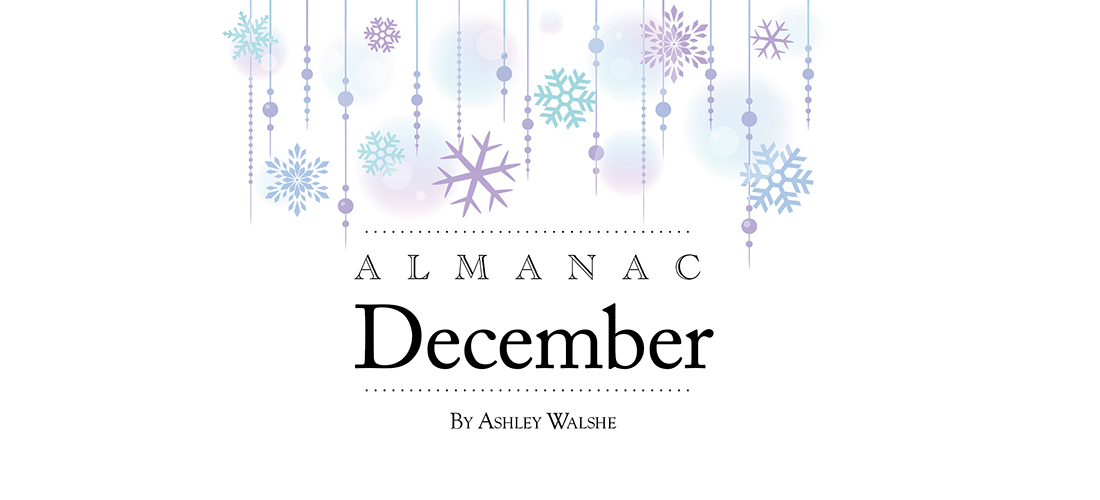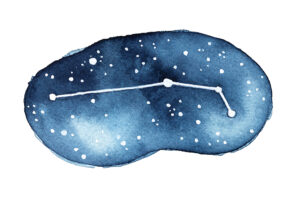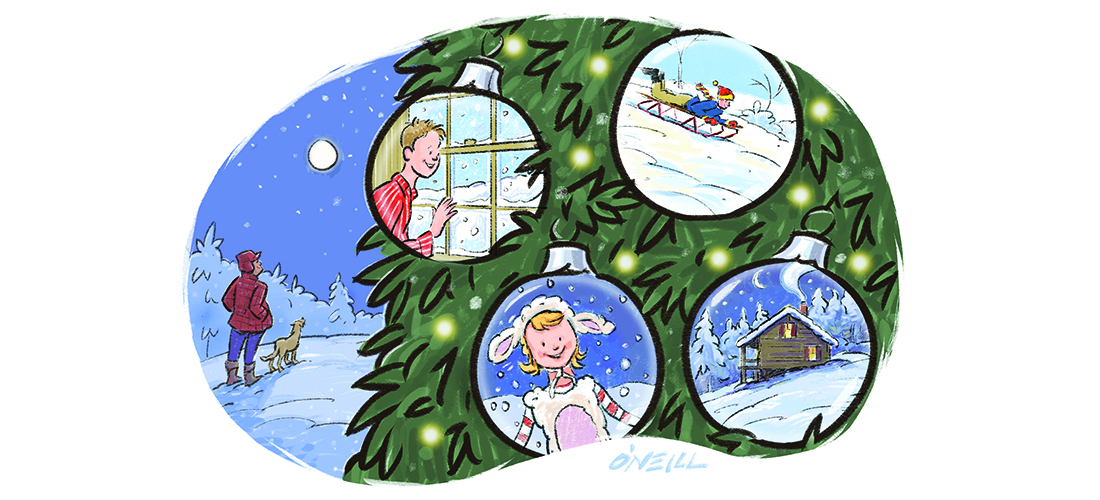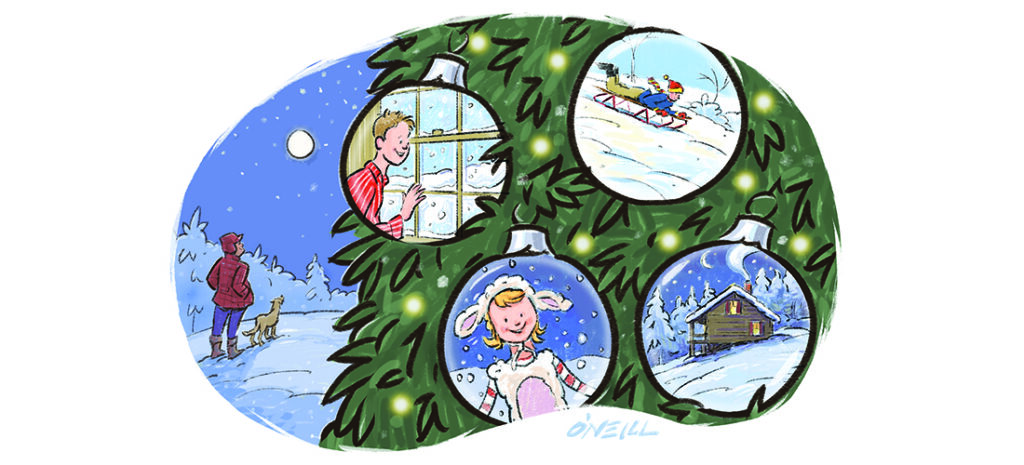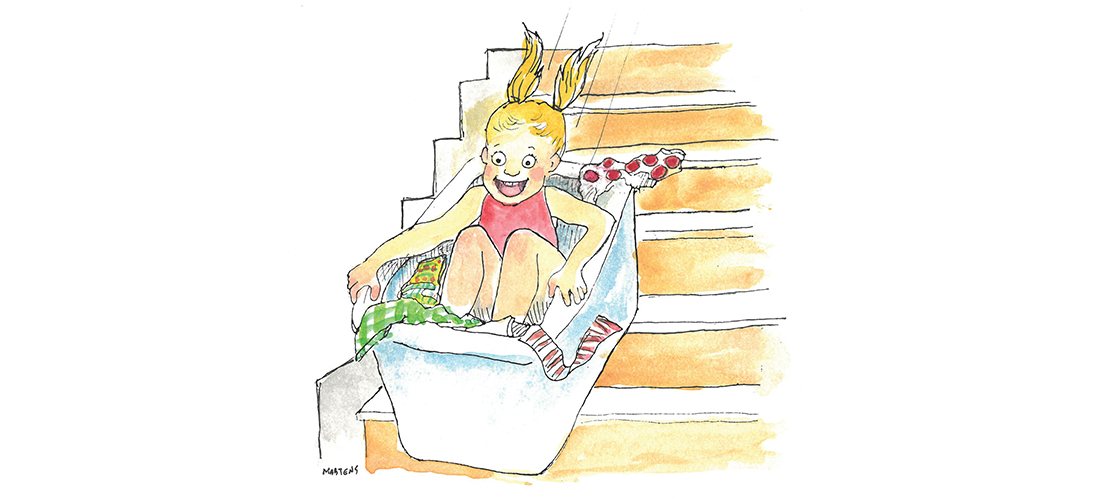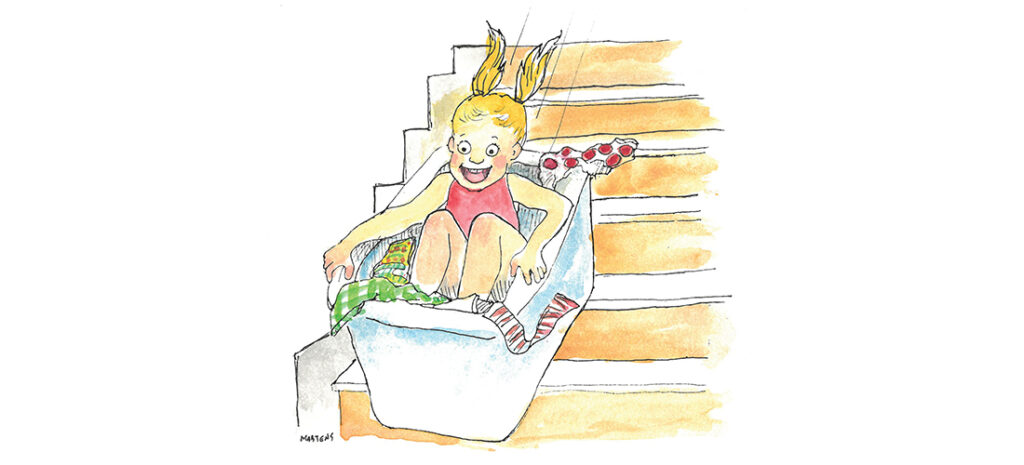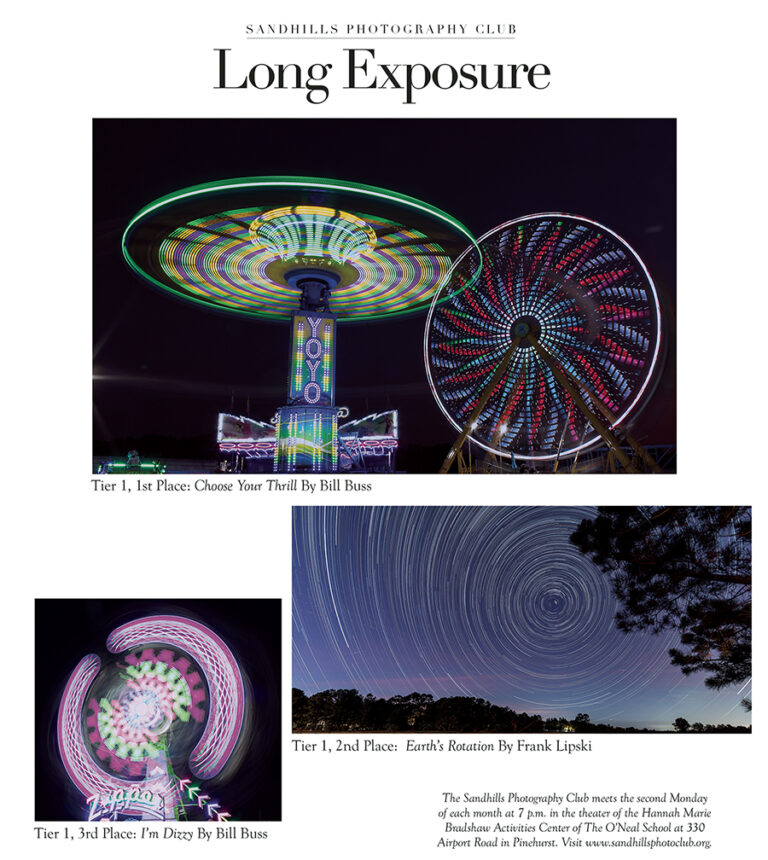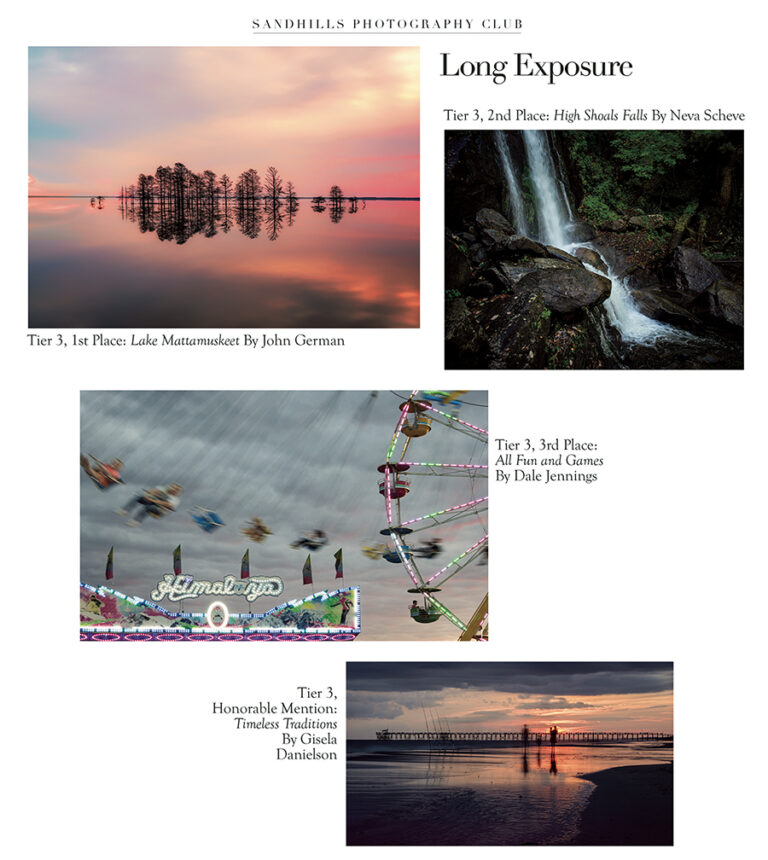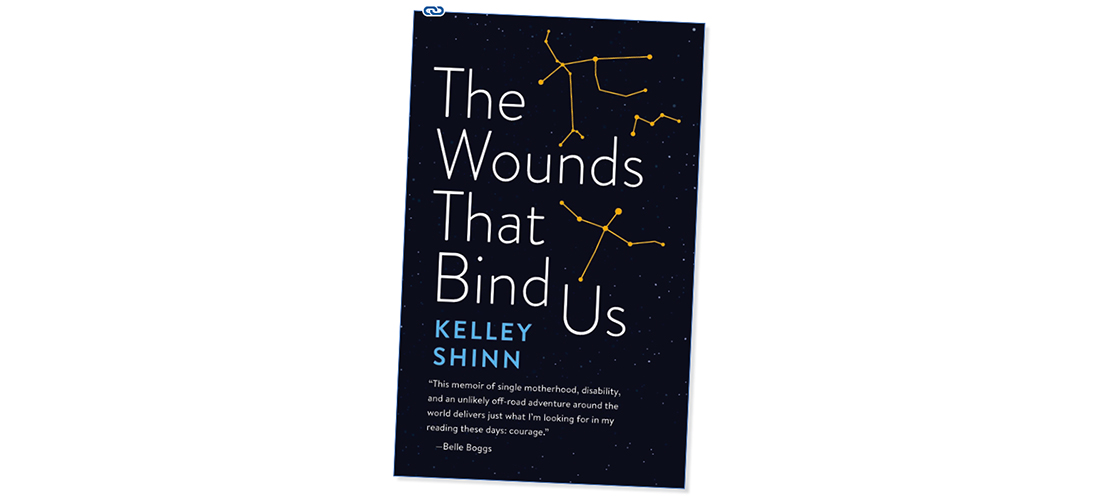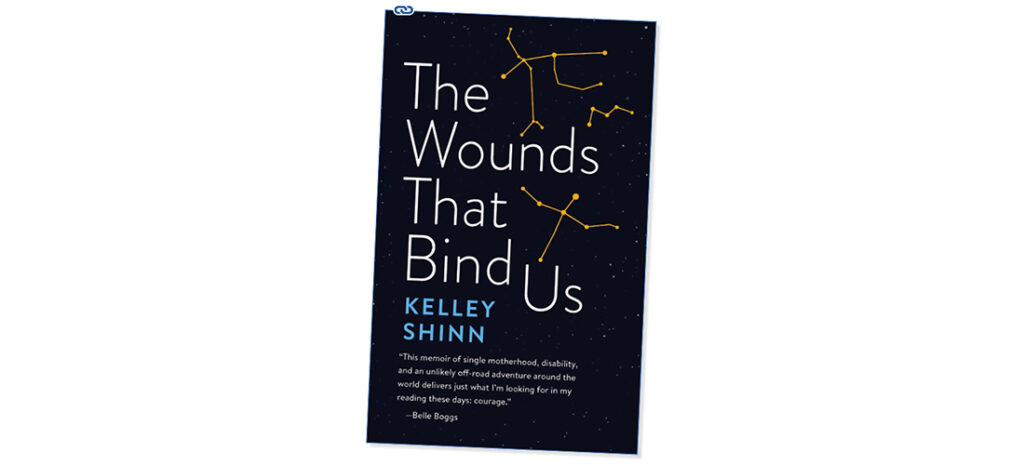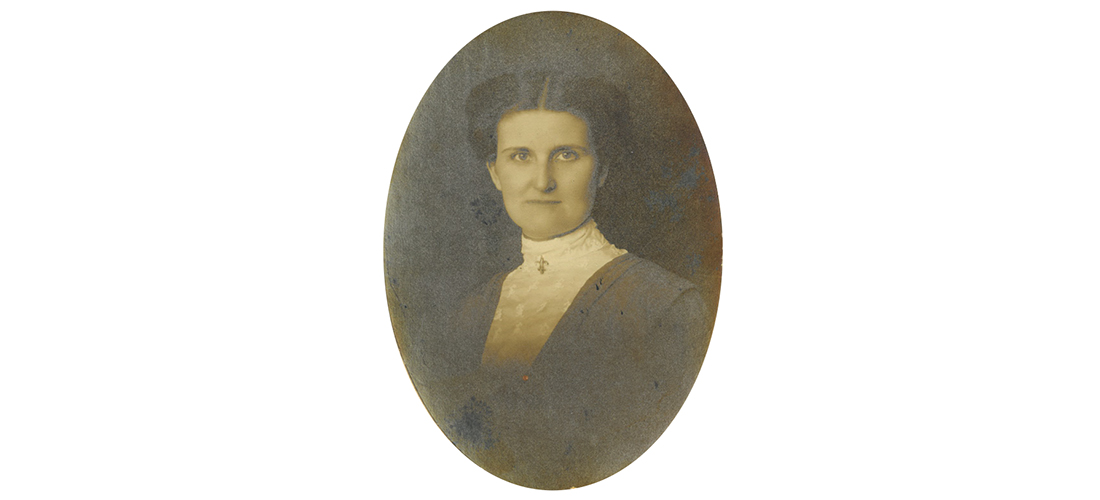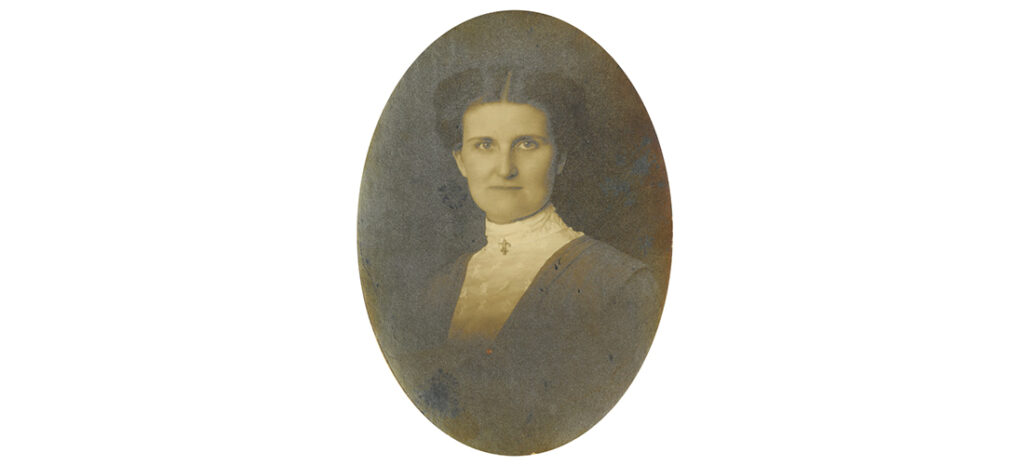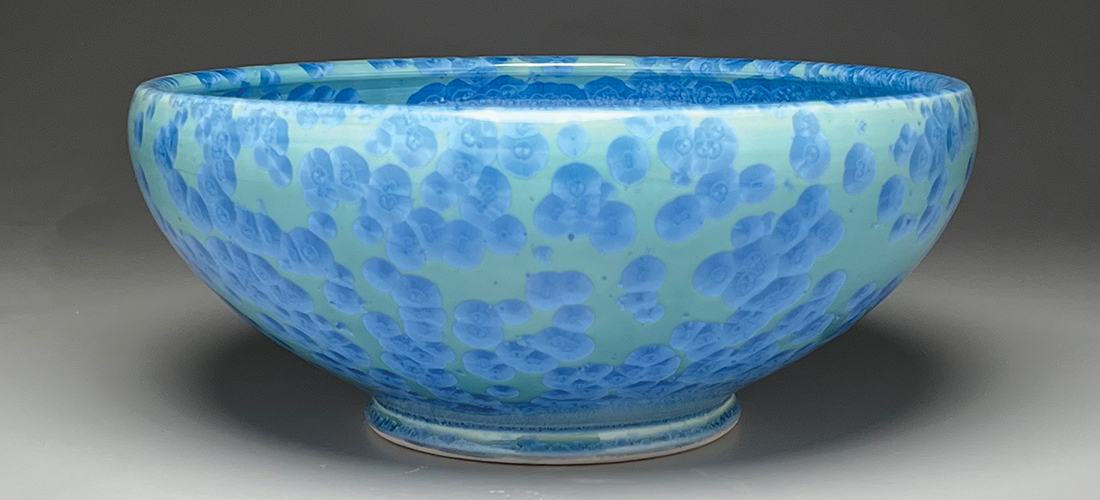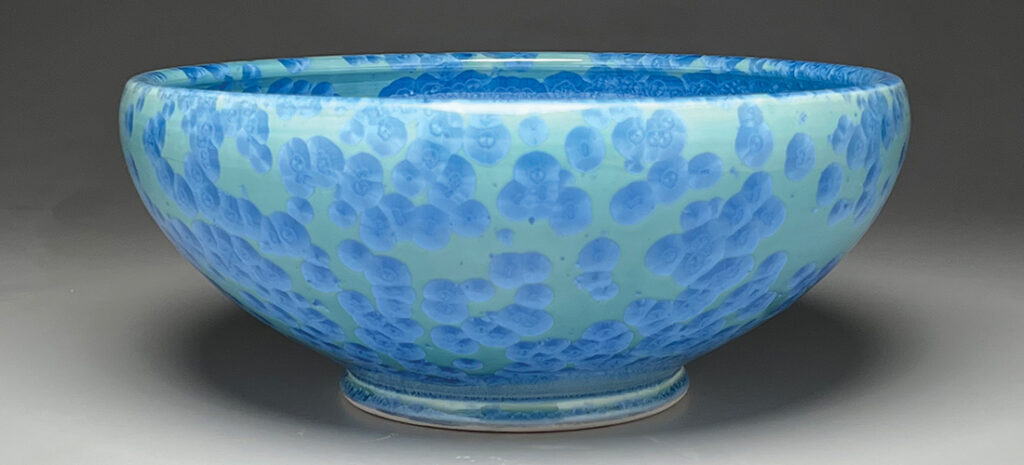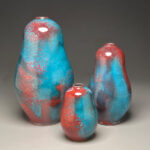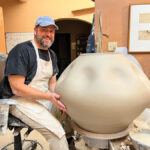Let It Snow
Remembrance of a small Christmas miracle
By Jim Dodson
It’s December and, without fail, I’m thinking about snow.
Thanks to Bing Crosby and Irving Berlin’s Oscar-winning song from the 1942 musical film Holiday Inn, the idea of a “White Christmas” is deeply ingrained in the psyche of anyone who loves the holidays.
I’m no different. I dig everything about Christmas from the ancient story of a savior’s birth to the faux snow of sappy Hallmark holiday movies.
But my love affair with the white stuff goes much deeper than that.
My first taste of snow came in South Carolina in 1959, where my dad worked for a year at a small-town newspaper after he’d lost his own weekly newspaper in Mississippi. Shortly before Christmas, a freak snowstorm shut down the entire town for a couple days.
My mother, who grew up in the Allegheny Mountains of western Maryland where it snowed heavily every winter, allowed my brother and me to take a large antique serving tray to the nearby golf course, where we would slide down the hill, along with every kid in town. All through town, snowballs flew through the air and snow angels spread their wings. The snow barely lasted a day, but it was nothing short of magical to this wide-eyed kid of 6.
Better yet, we spent that New Year (and many thereafter) in snowy Cumberland, among my mother’s people, a wintry clan of big, blond, German aunts and uncles who seemed to celebrate the snowy season with roaring fires and lively gatherings. I remember going outside during a rowdy family New Year’s Eve party just to stand in the knee-deep snow outside my Aunt Fanny’s house, marveling at the beauty and still silence of the falling snow.
Not long after we moved to Greensboro in January 1960, it snowed there, too. My dad took me to Western Auto and bought me a Flexible Flyer sled. Our hilly neighborhood street got blocked off and briefly turned into a miniature Olympic bobsled run.
In those days, long before global warming was a concern, it seemed to snow at least two or three times every winter across North Carolina’s Piedmont. This fact was confirmed at my recent 50th high school reunion, where the shared memory of several deep snows during the 1960s and ’70s seemed to be a popular topic of discussion. “I remember how exciting it was to go to bed when a snowstorm was predicted,” remembered my friend, Cindy. “Waking up to find it had snowed and school was cancelled was like Christmas morning all over again.”
It was during those years that I made a silent vow to someday live in snow country. This idea was probably put into my head by my English teacher, Miss Elizabeth Smith, who gave me the Collected Poems of Robert Frost for winning the city’s O.Henry Award for short-story writing. The poet’s very name said winter and whispered to me like a siren call from Homer. Whose woods these are I think I know / His house is in the village though / He will not see me stopping here / To watch his woods fill up with snow.
Someday, I told myself, that fellow will be me.
After six years in Atlanta covering crime, politics and social mayhem for the oldest Sunday magazine in the nation, I turned down a job as a reporter in Washington, D.C., that for years I yearned for and took a job as the first senior writer for Yankee Magazine, moving to a bend of the Green River outside of Brattleboro, Vermont. The snow was already falling when I got there in late November 1983, taking possession of a tidy two-room cabin heated only by a wood stove. I promptly got myself a retriever pup from the Windham County Humane Society and spent a glorious winter reading every poem, philosopher and piece of literature I could lay hands on. Walking with my dog in the blue dusk of an arctic evening, I came to love the brilliance of the winter stars and finally got to see the Northern lights.
It was the most solitary and wonderful winter of my life.
No surprise, I suppose, that my first wife and I eventually built a post-and-beam house on a forested hilltop near the coast of Maine, where we raised our babies to be outdoor adventurers, especially in winter when the deep snows came. My daughter, Maggie, was born at dawn after an overnight blizzard. I remember driving home to feed the dogs at our cottage on Bailey Island as the sun came out, illuminating a world made pure and peaceful by blankets of snow. I’d never been happier.
On particularly clear and frigid nights, I would put on my red wool Elmer Fudd jacket and tote a large bag of sorghum pellets though the knee-deep snow to the edge of the forest where a family of whitetail deer and other forest creatures could often be seen feeding in the moonlight. That became the source of many bedtime stories I made up for my young adventurers. They still mention those silly winter tales to this day.
One year, however, there was no snow on the ground right up to Christmas Eve. Our Episcopal church decided to hold its evening service in the Settlemeyer family’s barn. Maggie and her brother Jack played a sheep and a cow, respectively, in the annual Christmas Pageant and I was asked to bring along my guitar and play “Silent Night” to conclude the service.
A large crowd in parkas and snowsuits turned out to fill the barn, shivering among the sheep pens as the ancient story of a savior’s birth was retold. At one point Maggie asked with a whisper if I thought it might snow that night. I assured her it probably would because Santa needed snow for his sleigh.
The candles were lit and I played the beloved Christmas hymn, first performed in Austria on Christmas Eve 1818, in the aftermath of the Napoleonic Wars. Since that time, the hymn has been translated into 300 languages.
That night, as we all huddled together with the barn door firmly shut against a sharp northern wind, a Christmas miracle of sorts took place outside.
When the doors were opened and we all filed out, pausing to exchange hugs and wish each other “Merry Christmas,” someone suddenly cried with a voice of pure childlike wonder: “Oh, look . . . it’s snowing!”
Indeed it was — big, dreamy flakes floating down as if on cue from either Bing Crosby or Heaven itself, like an answered prayer.
Whichever it was, by the time we reached our wooded hilltop, the world was pure white and the night was very silent indeed. We woke to two feet of fresh snow the next morning.
No Christmas since has come without remembering that magical Christmas Eve.
And that’s why I still hold out hope for snow every December. PS
Jim Dodson can be reached at jwdauthor@gmail.com.
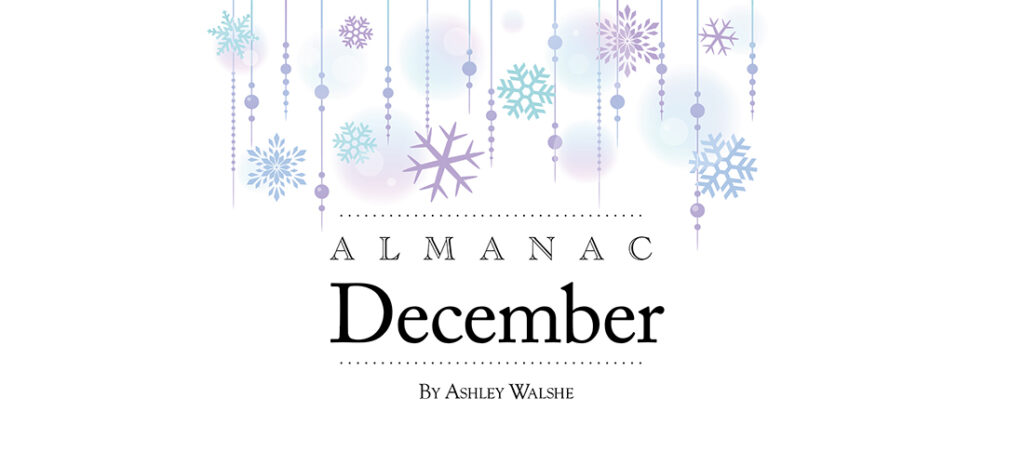
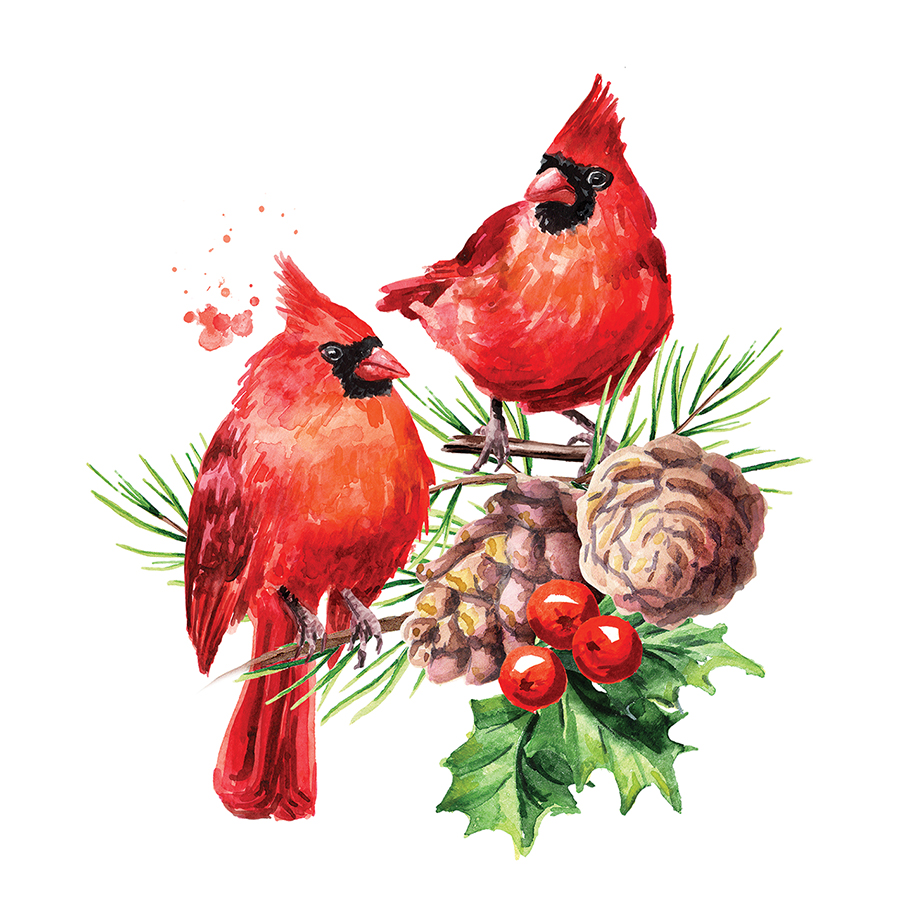 December is a waltz with what’s still here; a slowing down; warmth from new directions.
December is a waltz with what’s still here; a slowing down; warmth from new directions.